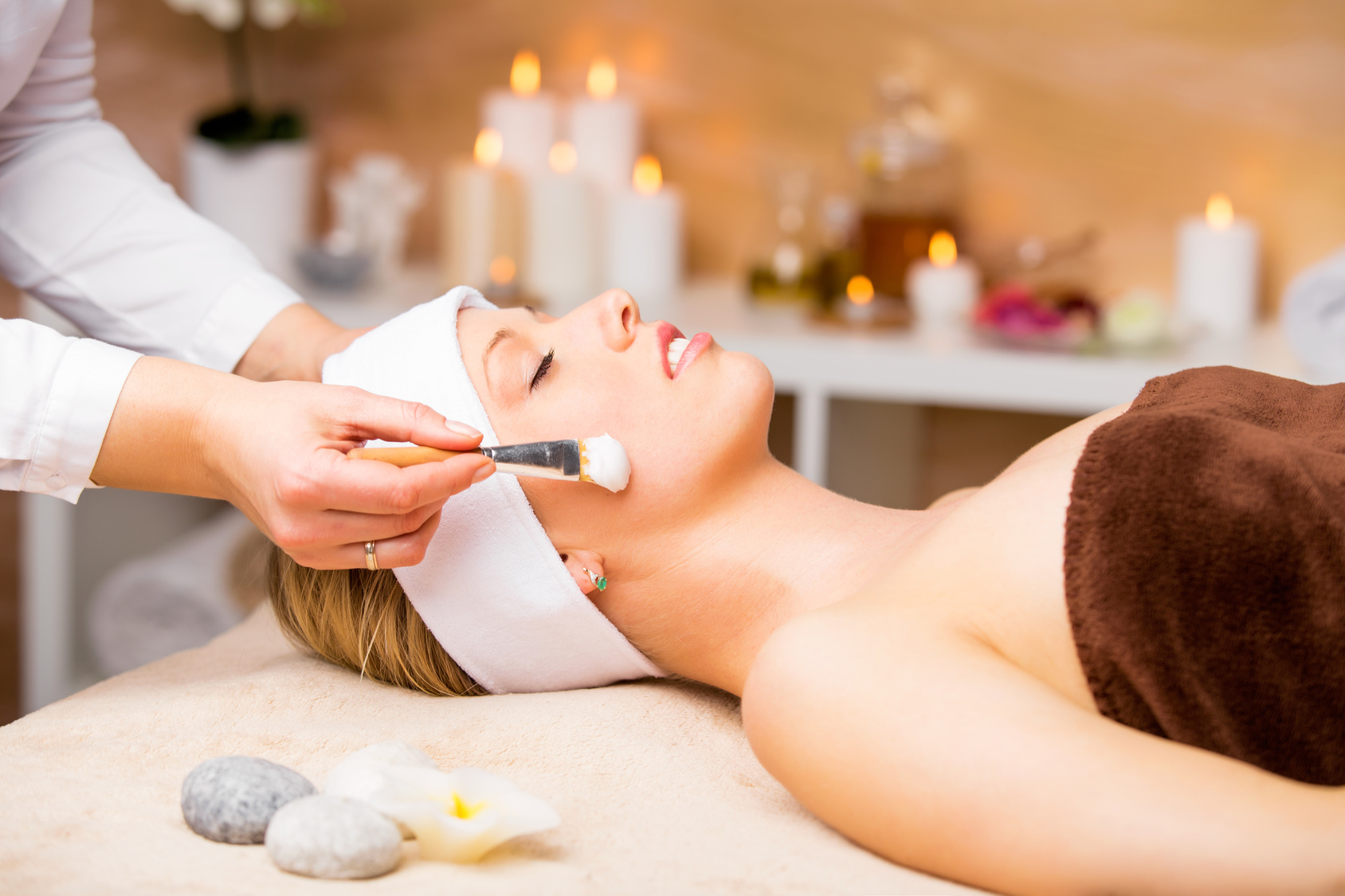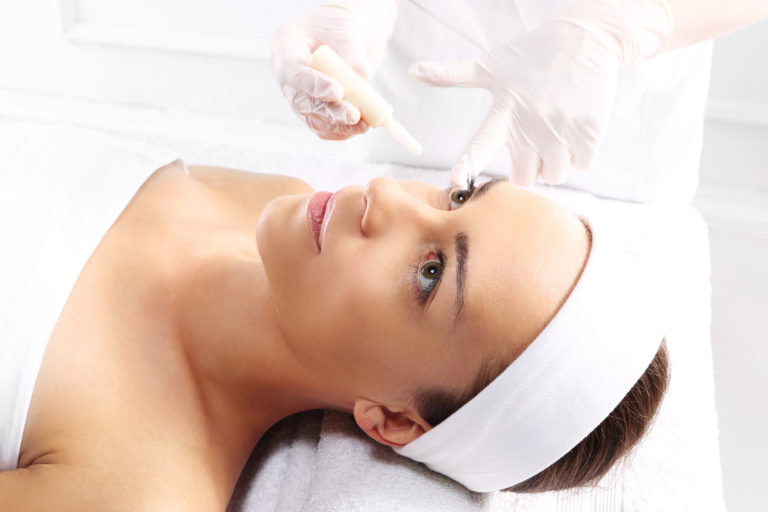Read our interview with the cosmetologist and check popular cosmetology treatments that reduce wrinkles and improve the appearance of the skin in a non-invasive way. Find out if such a cosmetology treatment is for everyone? Find out the most important contraindications before performing cosmetology treatments and enjoy the beautiful complexion and body.
What to do if the client expects visible skin rejuvenation and reduction of wrinkles, but does not want to undergo laser treatments. Will you find a gentler (but equally effective) alternative for such a person at J’adore Institute?
Strong medical acids, e.g. trichloroacetic or pyruvic acid, are an excellent alternative. Out of the absolute novelties, I recommend the PQ Age treatment. It perfectly lifts, its innovative formula prevents the skin from peeling and being red after the treatment. A strongly exfoliating retinol treatment also works great. It is obvious that these are less invasive procedures than, e.g. laser treatments. You’ll need to perform a bit more depending on the expected effects. Needle or micro-needle mesotherapy is equally satisfactory.
You have a very wide range of mesotherapy treatments: needle, microneedle, roller, needle-free. Can you briefly characterize the above methods? What determines their choice for the customer?
For people expecting quick and more visible effects of moisturizing and smoothing the skin, I can recommend needle or micro-needle mesotherapy. During these treatments, multi-component, individually selected cocktails are introduced into the deep layers of the skin. In the case of needle mesotherapy, the preparation is introduced intradermally. It guarantees deeper penetration of the preparation, in effect contributing to the most visible results. Microneedle mesotherapy or roller through a micro-puncture system allow slightly shallower, but also highly satisfying effects. Needle-free mesotherapy is an alternative for those who are afraid of the needle. Using the effect of electroporation, expands the intercellular bonds, causing deeper absorption of the previously applied preparation.
A long list of medical peels caught my attention in J’adore’s offer. I understand that the acid exfoliation treatment is very popular? What do you think it results from?
The wide range of treatments using medical acids, results from the diversity of their effects and often from complex skin problems. It is not uncommon for a person to have several types of skin imperfections. Selecting a specific acid requires tracing all directions of its action so that, when treating one problem, it does not harm another. A properly selected medical peeling deals with the problems of e.g. adolescent acne (to which I propose salicylic acid). Sun discoloration (Nomelan Cafeico), skin photoaging (DNA Recovery Peel, but also Ferulac), dark circles under the eyes (Mandelac T), lack of hydration (AHA acids) and many others. These are treatments for people who do not want or cannot undergo much more invasive laser treatments.

What skin problem most often have clients booking an appointment for acids?
The main problem that I face every day is juvenile acne and acne in adults. Equally common is gray skin, tired, deprived of radiance, firmness and hypoxia. After just one treatment using e.g. ferolic acid, the effects are visible: lightening, smoothing and overall regeneration, skin rejuvenation.
Can one visit help or bring visible improvement?
It is difficult to answer this question unequivocally. Each skin is different, each patient reacts differently and requires an individual approach. Of course, sometimes there are situations when one or two treatments are enough to achieve satisfactory results. But equally often a series of treatments is required.
What does the skin look like after surgery? Can you get back to your daily duties?
Depending on the type of acid used and skin condition, the patient’s response may be different. Very sensitive skin can strongly react even to delicate acids. Most preparations do not affect everyday life, if we understand the possibility of performing daily duties. As for the appearance of the skin, we must prepare for slight or stronger and in this case visible peeling of the skin. The most important is what skin condition the patient expects after the procedure. Acids that do not exfoliate strongly include Azelac, Mandelac, Ferulac, DNA Recovery Peel). We also offer very strong acids (e.g. Nomelan Cafeico, Retises CT, Targent Nano Peel).
Are there universal acids that work multidirectionally and anyone can use them?
If the patient is not struggling with any major problem, and he only cares about refreshing the skin, I can recommend e.g. Gently exfoliates the skin, refreshing and moisturizing it. Of course, there are patients who have contraindications for the use of medical peels.
Can you explain the absolute contraindications?
Of course, the main contraindications are:
– skin diseases (albinism, psoriasis, herpes), etc.
– broken skin,
– pregnancy and breast-feeding
– combining acids with some treatments, e.g. laser therapy,
– current dermatological treatment is also a common contraindication.
When are the first effects visible? Do you have to repeat the treatments often to get a lasting effect?
Depending on the concentration and pH of the acid used, the interval between treatments varies even 28 days. The best results are visible after a series – a minimum of four treatments. However, I emphasize that I approach each person individually and based on the interview and skin diagnosis I determine the necessary number and type of treatments.
Does the skin need additional care after the procedure?
In order to maintain the effects obtained in the beauty salon, I choose individual home care for each person. Dermocosmetics with lower concentration of acids, designed for everyday use, work very well. Equally important is the issue of skin moisturizing through, among others drinking the right amount of water and daily UV protection.








